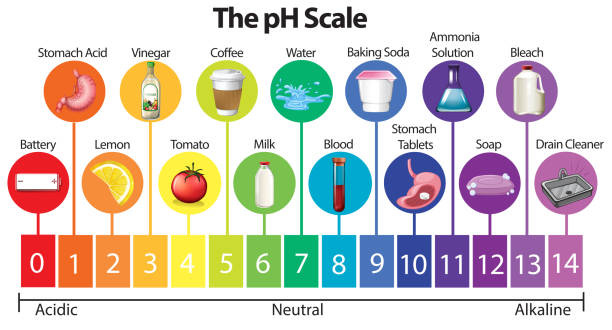Hello friends!
Can you believe it is March 12th? I certainly cannot. As everyone on this planet probably knows at this point, last week I finally moved out of my moldy, leaky apartment! But because nothing can be easy, the movers were…not good. I’ll spare you the details, but I had to part ways with a number of my skincare products. Did you know that packing scissors in the same box as a bunch of glass and plastic bottles is not a good idea? Apparently not everyone knows that, so I felt it was important to share. This newsletter is way overdue (sorry and thanks for your patience!!), so let’s not waste anymore time answering today’s question:
I used to think washing my face was the easiest part of my skincare routine, but now I’m confused about what type of cleanser I should be using, if I have to double cleanse, use an exfoliating cleanser… please help me wash my face!?
I’d love to and you’re right – cleansing should be easy, but the Internet, as it always does, has added many layers of complexity. Read on to learn what a cleanser is, why we wash our face, when to do it and what to use. If you’re only here for the recommendations, tap the button below.
CLEANSING 101
Whether washing your face, your dishes or your laundry, the mechanism behind the process is the same. Cleansers work by reducing the surface tension between the object and what you’re trying to get off of it, allowing it to be broken down, rinsed away or dissolved. The category of ingredient that makes this possible is called a surfactant, of which there are many different types, strengths and properties. A key property of surfactants is their pH. Very simply, pH is a measure of how acidic or basic (alkaline) something is. For our purposes, here is all you need to know: anything with water has a pH value, so nearly every skincare product. The pH scale is from 0-14, with water being a neutral 7. The pH scale is logarithmic which means each integer is a tenfold increase or decrease. In English: pH 3 to 4 is a 10x increase and to pH 5 is 100x. Even simpler: a small change in pH can be significant.
Our skin is naturally a little acidic, with the optimal pH being around 5.5. The pH of your skin is integral to overall skin health and enables your skin to properly function. Typically, surfactants have a higher pH than your skin, so when you cleanse your skin, you are raising the pH. However, as innovation in this area has exploded, you can find surfactants, and thus cleansers, that have much lower pH.
(Side note: ever been told to use a toner to re-balance your pH? That’s because up until a few decades ago, the only cleansers around had very high pH like bar soap. That change was too much for your skin so you needed an acidic toner to bring it back down. We’ll save the rest of the toner discussion for another day.)
Keep reading with a 7-day free trial
Subscribe to Hotline Skin to keep reading this post and get 7 days of free access to the full post archives.





